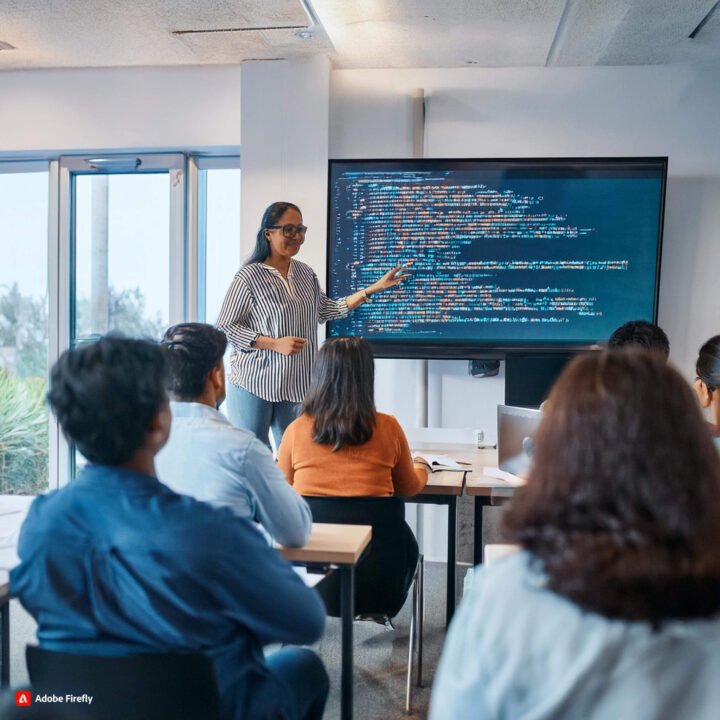Mainframe Modernization – Why it is required and modernization Approaches
Why Mainframe Modernization required and modernization Approaches
Change is Constant and in Information Technologies it is inevitable. Mainframes, in particular, are often referred as Dinosaur plays a crucial role in many banking, insurance, manufacturing and retail organizations, running critical applications and storing high volume of business critical data. But being the mainframe as legacy it is old green screen with not much attractive interfaces.
So, what’s the solution for organizations that want to modernize their mainframes while still maintaining their critical functions? They can go for Mainframe Modernization.
Mainframe modernization is the process of updating, transforming to latest tools and technologies to meet the needs of modern businesses. It involves updating and refining systems to improve efficiency, security, and scalability, while preserving the functionality and data that businesses rely on.
There are Various Approaches to mainframe modernization, including:
Rehosting: Moving existing mainframe applications to a different platform, such as any cloud platform or virtualization.
Refactoring: Re-architecting mainframe applications to take advantage of modern development methodologies, technologies and platforms.
Replacing: Replacing legacy applications with new technology equivalence, off-the-shelf software that provides similar functionality.
Retaining: Keeping legacy applications intact, but modernizing the underlying infrastructure and tools to make them more scalable, secure and manageable.
Retiring: Discontinuing legacy applications that are no longer needed or replacing them with new, more efficient solutions.
Regardless of the approach chosen, mainframe modernization often involves significant investments in technology, processes, and personnel, and should be carefully planned and executed.
Benefits of Mainframe Modernization
- Improved efficiency: Modernizing mainframes can streamline processes and improve performance, leading to increased efficiency and reduced costs.
- Enhanced security: Updating legacy systems to meet modern security standards helps to protect sensitive data and minimize the risk of data breaches.
- Increased scalability: Modernizing mainframes can allow organizations to accommodate growth and handle increasing amounts of data and transactions.
- Improved developer experience: Updating and streamlining mainframe systems can make them easier to develop and maintain, reducing the time and resources required to support them.
- Better decision-making: With modernized systems in place, organizations can access more accurate and up-to-date information, enabling more informed decision-making.
Conclusion
Mainframe modernization is a crucial decision to make for organizations that want to stay ahead of the competition and meet the demands of the modern business world. By updating, and transforming legacy systems, businesses can improve efficiency, security, and scalability, while preserving the functionality and data they rely on.
While mainframe modernization can be a complex and time-consuming process, the benefits are significant and well worth the effort. So if you’re considering mainframe modernization, take the time to plan carefully, work with experienced partners, and invest in the right technology, processes, and personnel to ensure a successful outcome.
We are experienced good implementation skills of these tools EDz, EAz, IDz, DBB, UCDz install, configure and customize and do training enablement. Rich experience in IBM Developer for z and IBM DBB Training by with content delivery of 5 days based on the coverage and team size of trainees.
We also explore other products from Heirlooms Computing, Micro Focus, Modern Systems for Application Analysis, Development IDE for Mainframe applications.
Contact us as vlakshmie@vrgzlabs.com for any Mainframe Training, Mainframe Modernization Training, Implementations, Mainframe Consulting engagements and customization projects.






